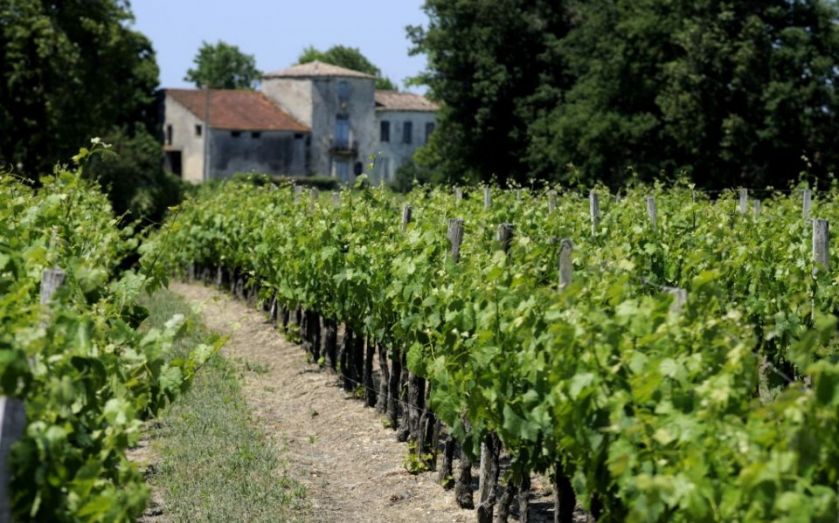| Updated:
All about Bordeaux: Why Cabernet Sauvignon dominates the Left Bank and the Right is perfect for Cabernet Franc

Bordeaux is the predominant region in the world for fine wine investment, completely dominating all other regions and comprising anywhere from 60-85% of regional trade by value in fine wine trading.
Located in the southwest region of France, Bordeaux has three main wine producing regions: the Left Bank, Entre-Deux-Mers, and the Right Bank. Wines from the Left Bank have historically been the most recognized. In preparation for the first Paris International Exposition in 1855, Napoleon III requested a classification of France’s best Bordeaux wines. Only the Left Bank wines were deemed worthy of classification – with the exception of Haut-Brion and the ensuing ratings were done solely based on the price the wines achieved in the market at the time. Thus the ‘First Growths’ of Lafite Rothschild, Latour, Haut Brion, and Margaux emerged. Mouton Rothschild successfully lobbied to be promoted from Second to First Growth in 1973. There are five total classifications of Grand Cru Bordeaux, with many Fifth Growths, such as Lynch Bages and Pontet Canet, garnering as much attention as Second or Third Growths in price as well as perceived quality. Ironically, it is wines from the Right Bank, such as Petrus, Cheval Blanc, and Le Pin, which most often occupy the top positions of Bordeaux prices.
The four major grape varieties in Bordeaux are Cabernet Sauvignon, Merlot, Cabernet Franc, and Petit Verdot, although Malbec was also historically planted and used. A blend of these five grapes are used, rarely in fixed percentages given variable ripening conditions each vintage, to create the eponymously named Bordeaux blend.
The Left Bank is where Cabernet Sauvignon dominates. It is closer to the Atlantic Ocean and the soil is a mixture of gravel with a subsoil of clay. The Right Bank is known for its Merlot and most wines are predominantly comprised of this varietal with some, such as Chateau Petrus, being 100% Merlot. This is because the Right Bank village of Pomerol has clay soil, allowing easy absorption of water, keeping the vines cool under the summer sun and helping the dominant Merlot grape retain its backbone of acidity. St. Emilion is also located on the Right Bank but the soil is predominately limestone, perfect for growing Cabernet Franc, and thus wines from that appellation, such as Cheval Blanc, typically have a higher percentage of that particular grape, blended with Merlot or Cabernet Sauvignon.